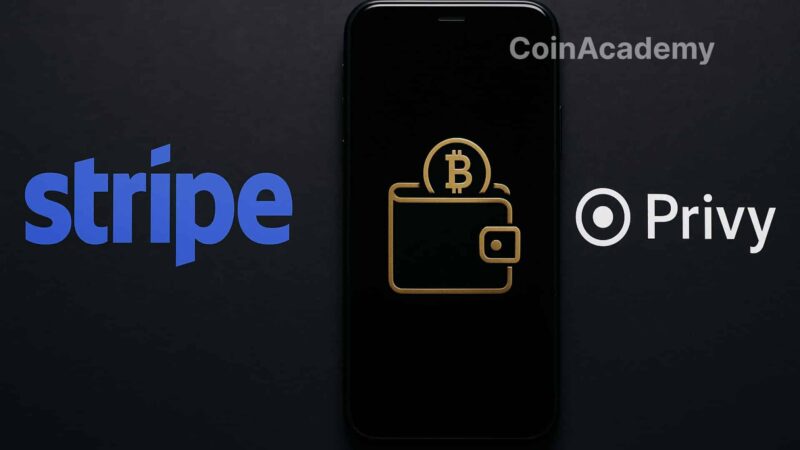This weekend, Solana’s main network briefly surpassed 107,540 transactions per second (TPS). An unprecedented performance that places the blockchain well above all its competitors. For comparison, Visa averages 1,700 TPS, and Ethereum struggles to exceed a hundred. In other words: Solana has proven it can play in a different league.
A Technical Record That Shakes the Competition
The peak observed was not achieved through standard payments, but through ‘noop’ calls, light instructions embedded in each transaction. Officially used to test the network’s capacity, they do not change the blockchain’s state, but still consume real resources (signature verification, data loading, etc.). In other words, it was not just ‘digital spam,’ but a stress test that still reflects a workload comparable to an oracle update or a low-cost transaction.
Solana in Real Use: The Numbers That Matter
In actual usage, the effective throughput is much lower. The Solscan tool indicates an average of 3,500 TPS, with nearly two-thirds actually corresponding to validator votes. As a result: for payments and applications, the actual capacity hovers around 1,000 TPS. This figure remains massive compared to other blockchains, but reminds us that 100,000 TPS is not yet the norm for end-users as long as demand remains low.
A Promise for SOL’s Future
Despite this stress test, the game has changed: it demonstrates that Solana can theoretically withstand 80,000 to 100,000 TPS in real conditions, especially during mass transfers or oracle updates. For investors, this is a strong signal: scalability, often seen as the Achilles’ heel of blockchains, could become Solana’s major asset. Strengthening the appeal of the SOL token, already at the heart of memecoin ecosystems, high-frequency trading, and the most active DeFi projects.




